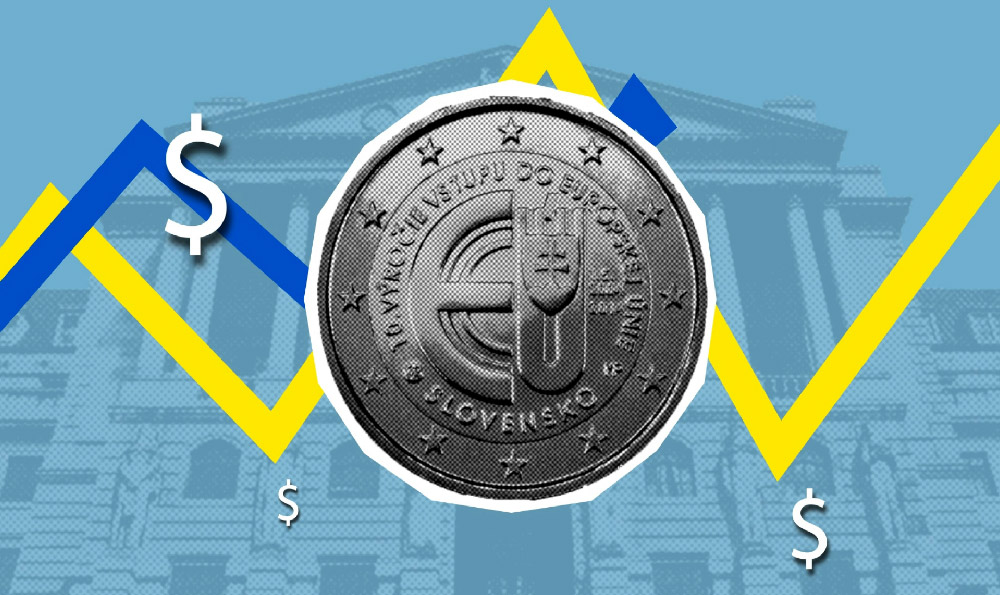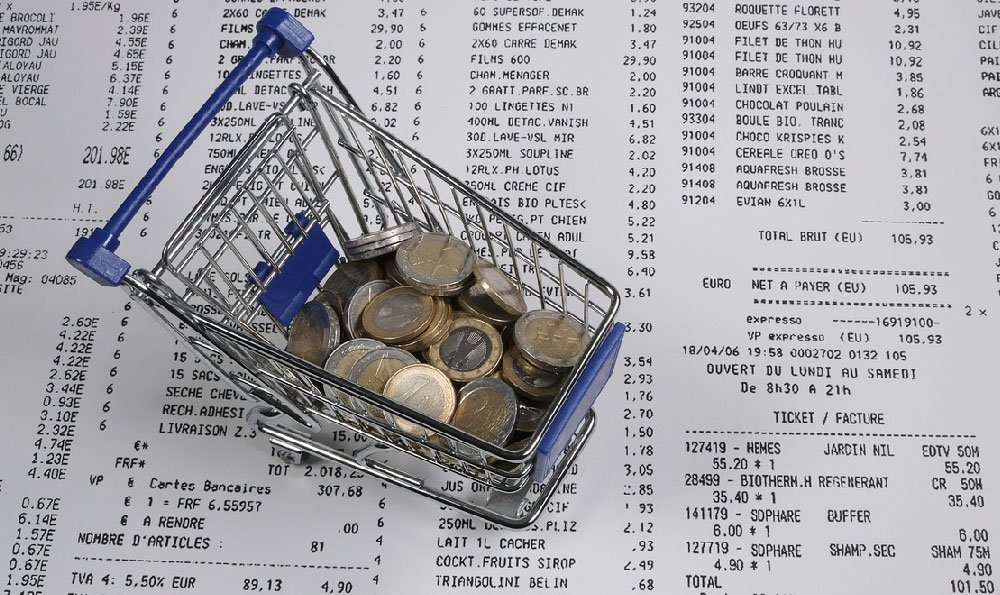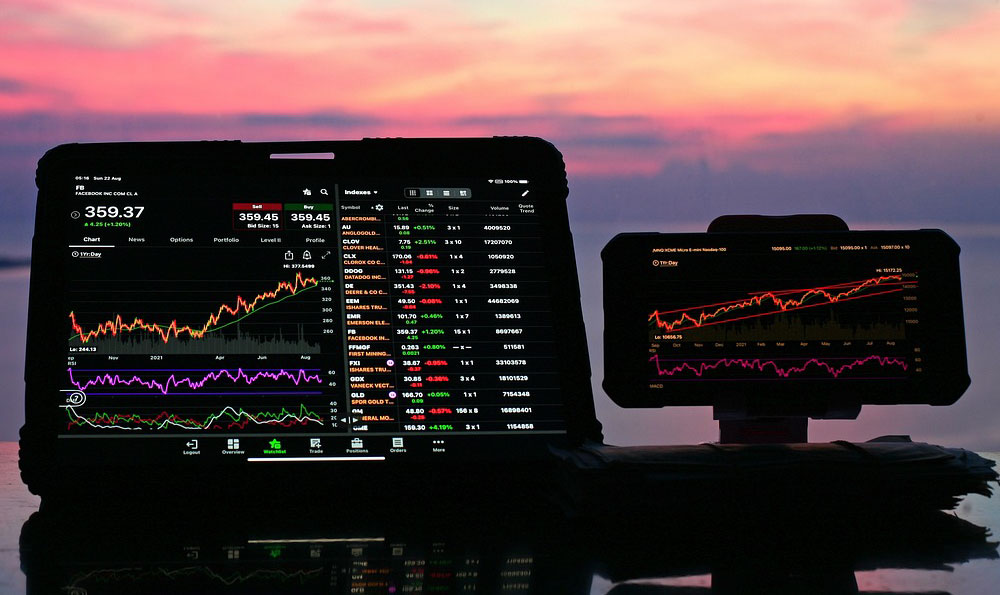How much can you earn with DoorDash, and is it worth it?
DoorDash, the ubiquitous food delivery app, has become a significant source of income for many, especially those seeking flexible work arrangements or a side hustle. The question of how much one can actually earn with DoorDash, and whether the time and effort are truly "worth it," is a complex one with answers varying widely based on several factors. Let's delve into the realistic income potential, the associated costs, and the qualitative aspects that contribute to the overall Dash experience.
The income potential with DoorDash isn't a static figure; it's a dynamic result of several converging elements. Location is paramount. Dashing in densely populated urban areas with a high concentration of restaurants and customers invariably leads to more frequent delivery opportunities and, consequently, higher earning potential. Conversely, dashing in suburban or rural areas with fewer restaurants and lower demand will likely translate to fewer deliveries and lower overall income.
Time of day and day of the week also play a critical role. Peak hours, typically during lunch and dinner rushes, and weekends, when people are more likely to order takeout, are significantly more lucrative than off-peak times. A Dasher who concentrates their efforts during these high-demand periods is likely to earn considerably more than someone who dashes sporadically throughout the week. Furthermore, special events, such as sporting events or holidays, can create surges in demand, boosting earnings for those who are strategically positioned to capitalize on these opportunities.

Dashers are paid based on a combination of factors: a base pay per delivery, customer tips, and potential promotional pay. The base pay is determined by DoorDash and varies depending on factors like the distance of the delivery, the complexity of the order, and current demand. Customer tips, of course, are a significant component of a Dasher's income, and are entirely discretionary. Promotional pay, often referred to as "Peak Pay," is an incentive offered by DoorDash during periods of high demand or in areas where they need more Dashers on the road. This additional pay per delivery can significantly increase earnings during specific times or in specific locations.
While the potential to earn a decent income exists, it's crucial to consider the expenses associated with Dashing. These expenses can significantly eat into profits if not carefully managed. The most significant expense is likely fuel. Depending on the vehicle's fuel efficiency and the distance driven, gas costs can quickly accumulate. Vehicle maintenance is another critical factor. Regular oil changes, tire rotations, and other maintenance tasks are essential to keep the vehicle running smoothly and prevent costly repairs. These costs are often overlooked by new Dashers but are crucial for long-term profitability.
Furthermore, vehicle depreciation is a hidden cost that needs to be factored in. Each mile driven contributes to the vehicle's wear and tear, reducing its overall value. While difficult to quantify precisely, depreciation represents a real expense that should be considered when evaluating the overall profitability of Dashing. Then there’s the matter of insurance. Standard personal auto insurance policies may not cover accidents that occur while Dashing. It is crucial to check with your insurance provider to ensure adequate coverage. Some Dashers opt for supplemental commercial auto insurance, which can provide additional protection but also increases expenses.
Beyond the financial aspects, the "worth" of Dashing is also dependent on qualitative factors. Flexibility is a major draw for many Dashers. The ability to set your own hours and work when it's convenient is a significant advantage, particularly for those with other commitments or responsibilities. This flexibility allows Dashers to fit Dashing around their schedules, providing a source of income that complements their other activities.
However, the work can also be demanding. Dashing often involves dealing with traffic, navigating unfamiliar areas, and handling potentially stressful situations, such as late orders or difficult customers. The job can be physically demanding, requiring prolonged periods of sitting, getting in and out of the car frequently, and carrying orders to customers' doors. Customer service skills are also essential. A friendly and efficient Dasher is more likely to receive positive reviews and higher tips. Effectively communicating with customers, resolving issues promptly, and providing excellent service can significantly enhance the overall Dashing experience and improve earning potential.
Given all these variables, pinning down an exact income figure is impossible. However, anecdotal evidence and industry reports suggest that Dashers can realistically expect to earn anywhere from $10 to $25 per hour before expenses. After accounting for fuel, maintenance, depreciation, and other costs, the net hourly income may be lower, perhaps in the range of $8 to $18. The key to maximizing earnings is strategic Dashing, focusing on peak hours and high-demand areas, optimizing delivery routes, and providing excellent customer service.
In conclusion, the question of whether Dashing with DoorDash is "worth it" is a personal one that depends on individual circumstances, financial goals, and tolerance for the demands of the job. While the income potential can be significant, it's crucial to consider the associated expenses and the qualitative aspects of the work. For those seeking flexible work arrangements and willing to put in the effort to maximize their earnings, DoorDash can be a worthwhile option. However, a thorough assessment of costs, time commitment, and personal preferences is essential before deciding whether Dashing is the right fit. Smart financial planning and a realistic understanding of the earning potential are key to success.















